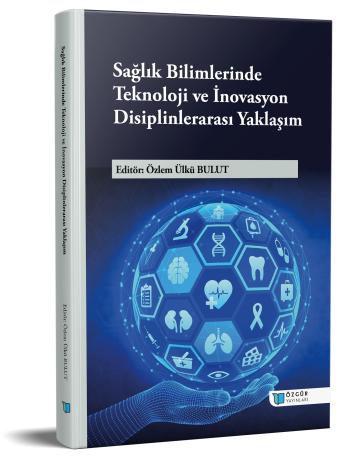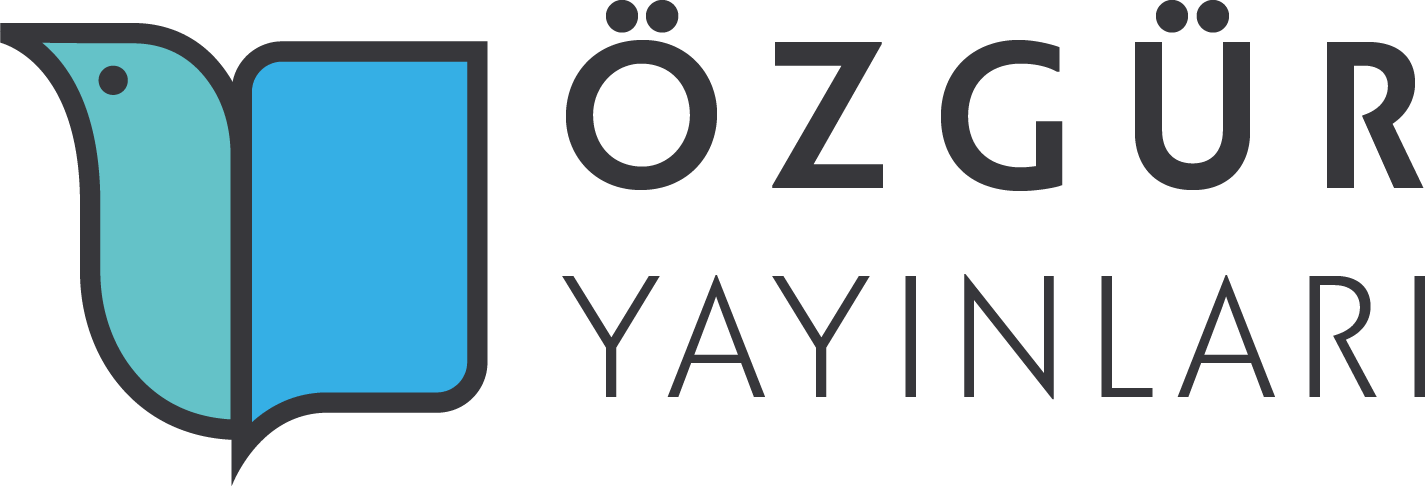
The Evolution of Digital Rehabilitation: Next-Generation Technological Approaches in Occupational Therapy and Physiotherapy
Şu kitabın bölümü:
Bulut,
Ö.
Ü.
(ed.)
2025.
Sağlık Bilimlerinde Teknoloji ve İnovasyon Disiplinlerarası Yaklaşım.
Özet
Digital rehabilitation is reshaping occupational therapy and physiotherapy by coupling person‐centred care with scalable technologies across telehealth, mobile applications, wearable sensors and inertial measurement units (IMUs), virtual and augmented reality, and clinical decision support systems. Evidence from neurological, musculoskeletal, pulmonary, and cardiac settings shows that digitally delivered or augmented interventions achieve outcomes comparable to conventional care while improving access, continuity, and adherence. Mechanistically, adaptive task practice and multimodal real-time feedback leverage neuroplasticity to drive motor and cognitive gains, and wearables extend assessment beyond clinics to enable objective, longitudinal monitoring and data-driven personalisation; IMUs demonstrate acceptable reliability and validity relative to laboratory motion capture. Clinical decision support can standardise protocols, tailor exercises, and deliver timely feedback at scale. Persistent challenges include usability and connectivity barriers, variable digital literacy among patients and clinicians, data integration and privacy concerns, reimbursement uncertainty, and alignment with clinical workflows. Equity remains central: without inclusive design and digital skill-building, digital health interventions risk widening existing access gaps. Overall, digital rehabilitation is shifting from adjunct to core service model; the priority for therapists is less about choosing a single tool than embedding adaptive feedback, objective monitoring, and person–environment fit into routine care. Future work should emphasise pragmatic trials, standardised outcomes, interoperable data pipelines, and implementation strategies that explicitly address the digital divide.

